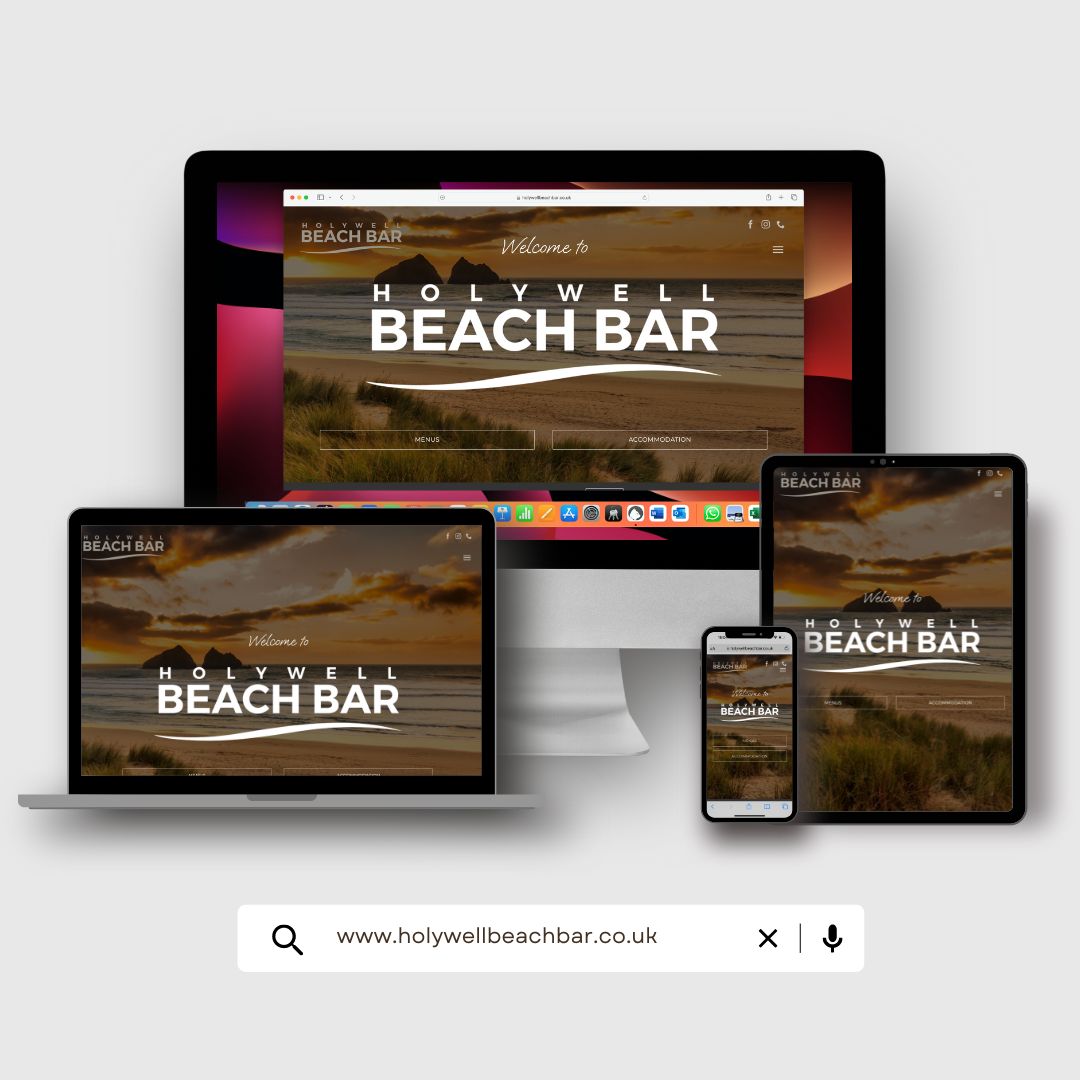
We all start the new year with the best of intentions to become more productive, however, some time over the next week or month, it falls apart. This “new start” becomes an “old idea” and it’s back to square one with numerous sticky notes all over the computer.
I have been there. In fact, I am in a constant state of “trying to make it easier”, to achieve that mythical work/life balance I keep hearing about. It does have the added benefit of allowing me time to research new apps and streamline my processes but there are some areas where I revert to my tried and tested methods every time as I haven’t found anything to supersede them. Yet.
So if you’re in a rut and want that metaphorical kick in the rear, this week, I’m running a series of posts covering my top tips for productivity, offering you tried and tested guidance.
1. “Goals” is a dirty word.
I really don’t like the idea of “New Year’s Resolutions”: the traditional goals set to achieve within a time frame. My reason? You’re basically setting yourself up to fail.
World domination within the first year of a start-up is not only highly unlikely, it’s nearly impossible. I’m not saying it doesn’t happen but the odds are heavily stacked against it. Plus how can you factor in unforeseen circumstances – hello Pandemic…?
The only way resolutions/goals can be useful is if you are honest with yourself when writing them. If a part of your business is being ignored because you don’t have the time to do something, hate doing it or don’t know how to do it, your options are –
- learn how to do it,
- don’t do it and pay someone else to do it,
- automate it (more on that later).
So go and make an HONEST list. Go on. I’ll do mine while waiting for you.
This honestly takes some time. Well it does for me! So, I have identified 5 areas where I think change needs to happen, and my next step is to go through each one to see:
- how it will impact my daily work routine (or not),
- what the benefits/drawbacks will be if I don’t change,
- how much time I need to allocate to it,
- and how it will affect my work/life balance.
Once I’ve gone through these, then I can move onto the second step…
2. The 5 Ps* or “Proper Planning Prevents Poor Performance”
Once you’ve identified your problem areas, write out the process you use. This is the sequence of activities you go through to make something happen. For example, let’s think about making toast & jam.
Have a look at the images below. If done in the order in IMG 1, you get what most of us consider to be a slice of toast with butter and jam on. However, if done out of order, it ranges from being ok but not quite right (IMG 2) to toaster-wrecking (IMG 3).
The same goes for a process in your business : one step done out of sequence could be glossed over but it could also have catastrophic ramifications.
By writing the processes out, you can easily identify any problems, and when changed, you solidify how you want your business to operate, plus you’re providing a consistent service to your clients, by knowing what needs doing and when.
In my list, there are only really 3 areas which need a process written out: the customer onboarding, doing accounts and planning blog posts. The learning goal can be time-limited to give me a push in the right direction and I’m pretty sure I can handle tidying my desk, as long as I set a daily/weekly time for doing it!
In this series:
- Part 1: Let’s Get Productive
- Part 2: The Right Tools
- Part 3: Introducing Your New Plan
- Part 4: Make It Easy
- Part 5: And Finally…
Don’t miss out
Sign up below to get a monthly blog summary conveniently delivered to your inbox. No faff, and no navigating.
[mc4wp_form id=”4728″]











